Nestled within the heart of Muscat, Oman, the Sultan Qaboos Grand Mosque stands as a testament to both the grandeur of Islamic architecture and the enduring spiritual legacy of Sultan Qaboos bin Said al Said. This magnificent edifice, completed in 2001, embodies the rich history, cultural heritage, and deep religious significance of the Sultanate of Oman.
Commissioned by Sultan Qaboos bin Said al Said, the visionary leader of Oman, the construction of the Grand Mosque commenced in 1995 and was completed in 2001. Named in honour of Sultan Qaboos himself, the mosque serves as a symbol of his commitment to promoting religious tolerance, cultural understanding, and architectural excellence.
Spanning over 416,000 square meters, the Sultan Qaboos Grand Mosque is an architectural marvel that seamlessly blends traditional Islamic design elements with modern engineering techniques. Its main prayer hall, adorned with a stunning crystal chandelier and intricately woven Persian carpets, can accommodate over 20,000 worshippers at a time.
.jpeg)
The mosque's exterior features intricate carvings, ornate domes, and towering minarets that reach towards the heavens, symbolizing the spiritual aspirations of the faithful. Its courtyard, embellished with reflective pools and lush gardens, provides a serene oasis for contemplation and prayer.
Role and Significance
Beyond its architectural splendour, the Sultan Qaboos Grand Mosque plays a vital role as a centre for religious worship, community engagement, and interfaith dialogue. It serves as a beacon of enlightenment, welcoming visitors from around the world to experience the beauty and tranquillity of Islamic culture.
Read: Sultan Haji Hassanal Bolkiah Masjid: A Symbol of Faith and Unity
As one of the largest mosques in the Middle East, it serves as a focal point for Muslims during religious festivals, Friday prayers, and other special occasions. Moreover, it serves as a venue for educational programs, cultural events, and charitable initiatives that promote social harmony and spiritual well-being.
Builder and Location
The construction of the Sultan Qaboos Grand Mosque was overseen by a team of renowned architects, engineers, and craftsmen, who meticulously crafted every detail to perfection. Situated in the heart of Muscat, Oman's capital city, the mosque stands as a symbol of national pride and religious devotion.
.jpeg)
Importance in Muslim Society and Islam
The Sultan Qaboos Grand Mosque holds immense significance within the Muslim community, serving as a sanctuary where believers gather to worship, seek guidance, and foster a deeper connection with the Divine. Its architectural magnificence and spiritual ambiance inspire awe and reverence among all who visit, regardless of their religious background.
Read: The Crown Among Mosques: A Look at Bhopal's Taj-ul-Masajid
Moreover, the mosque serves as a testament to the values of compassion, tolerance, and hospitality that are central to Islam. Through its open doors and welcoming embrace, it promotes dialogue, understanding, and mutual respect among people of different faiths and cultures.
In conclusion, the Sultan Qaboos Grand Mosque stands as a shining example of the enduring legacy of Sultan Qaboos bin Said al Said and the rich cultural heritage of Oman. Its majestic domes, towering minarets, and exquisite craftsmanship serve as a source of inspiration and wonder for generations to come.
As we marvel at the architectural splendour of this sacred sanctuary, let us also reflect on the timeless values of unity, peace, and harmony that it embodies. May the Sultan Qaboos Grand Mosque continue to be a beacon of light, guiding humanity towards a future filled with compassion, understanding, and spiritual enlightenment.
By embracing the lessons of tolerance and empathy that this magnificent edifice teaches us, we can strive to build a world where people of all backgrounds come together in mutual respect and appreciation.



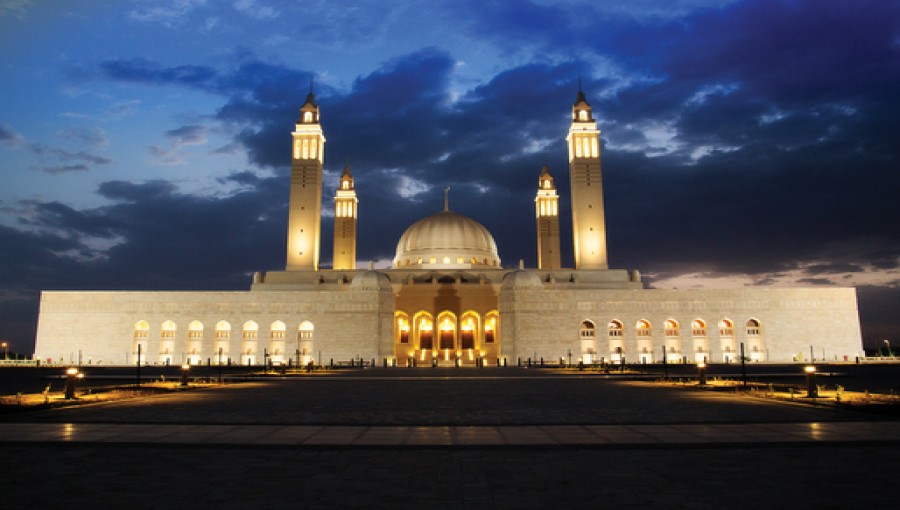






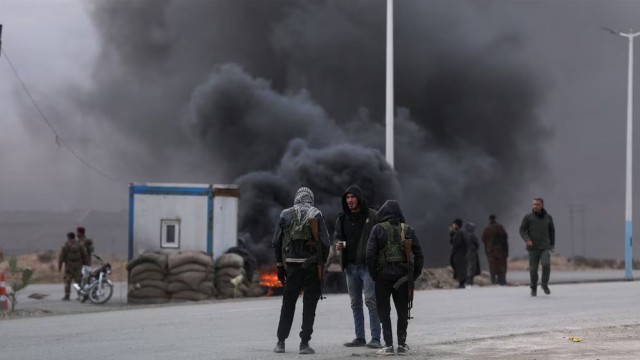


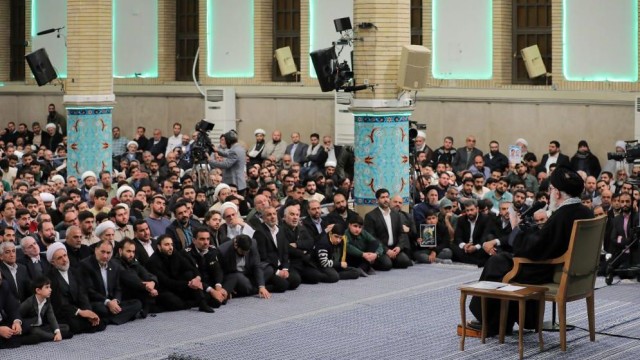


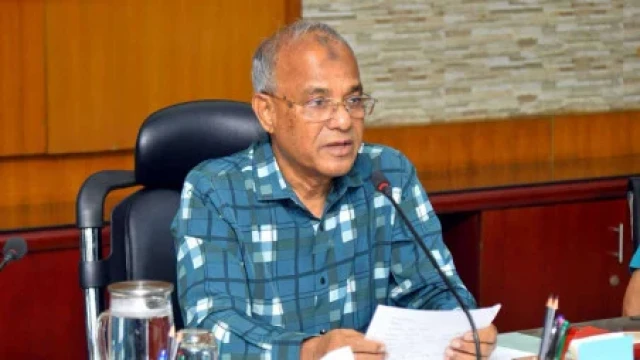











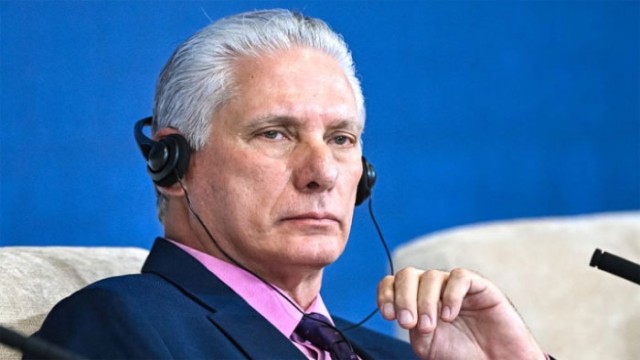


Comment: